

A PET preform, which stands for Polyethylene Terephthalate Pre-Form, which is a type of plastic that serves as the base to make bottles from Plastic. PET is a thermoplastic polymer that has been widely used for packaging since it is translucent, light in weight, and recyclable. In essence, the preform is an elongated miniature bottle that lacks its final shape and volume.
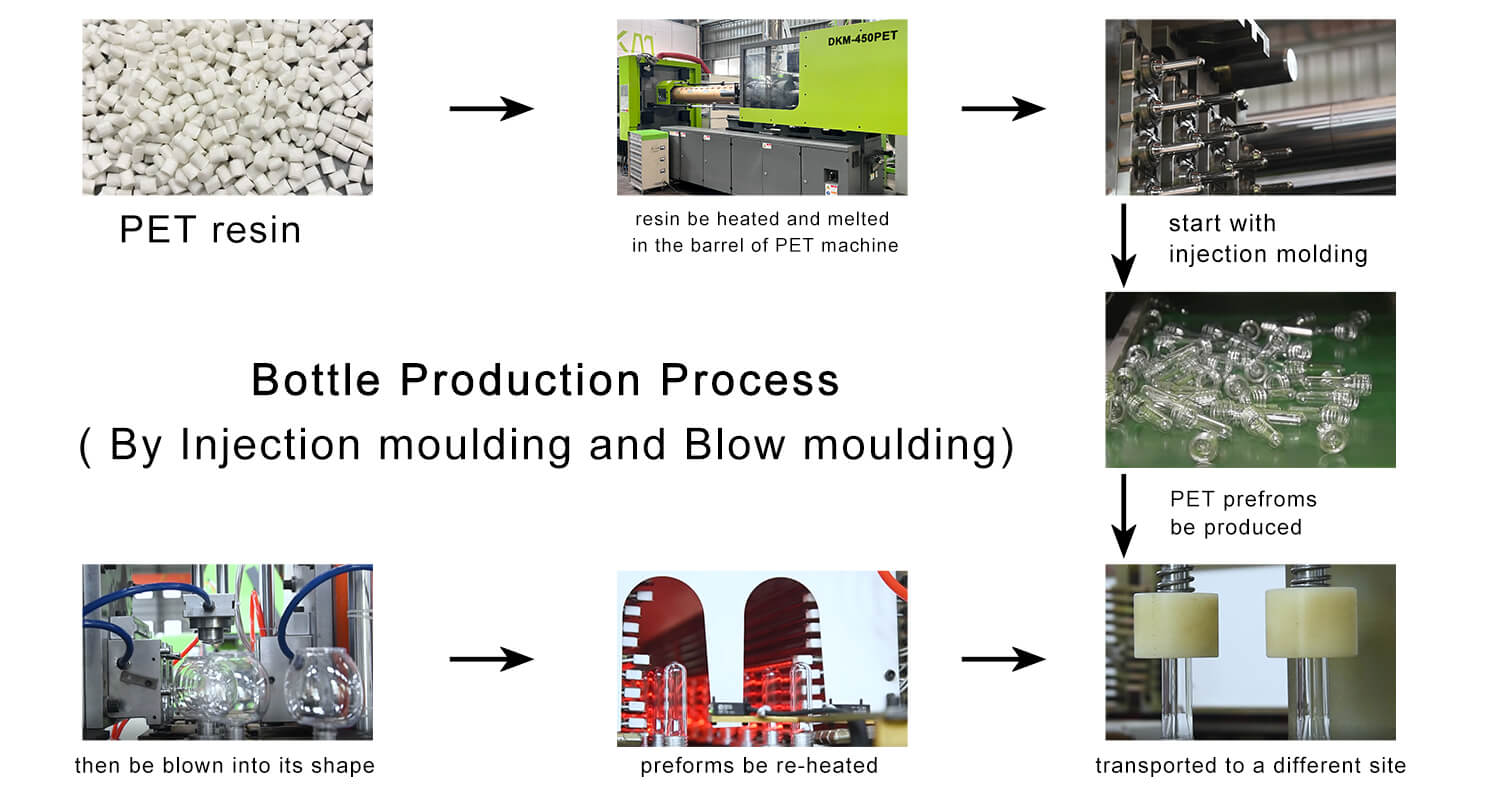
Manufacturing starts with injection molding, in which the PET resin is heated and injected into a mold. The preforms are then cooled down and usually stored or transported to a different site for the final ins.
The PET preform serves as a starting point for the stretch blow molding. In this operation, the preform is re-heated and then mechanically stretched and blown into its shaped mold by pressurized air. This technique makes it possible to produce bottles with different dimensions and shapes while maintaining consistent quality in terms of output performance.
PET preforms are very popular in the beverage sector as they are used for bottling water, soft drinks, and juices, among other liquid products. Multiple food and beverage manufacturers choose these products due to their best versatility, durability, and food items. PET material is also characterized by recyclability, which has become a key trend in sustainable packaging options.
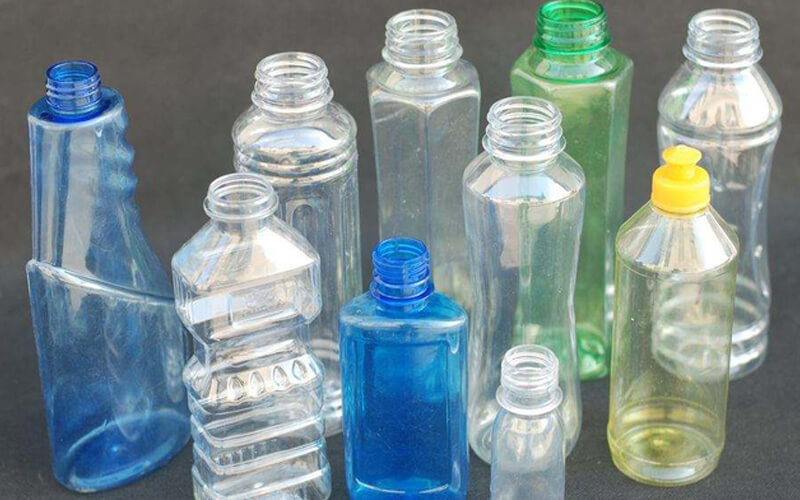
PET preforms play an essential role in injection molding since they are the beginning of producing plastic beverage bottles made from recycled materials such as PET. The manufacturing process of PET preforms includes several important steps, with injection molding being the main one.
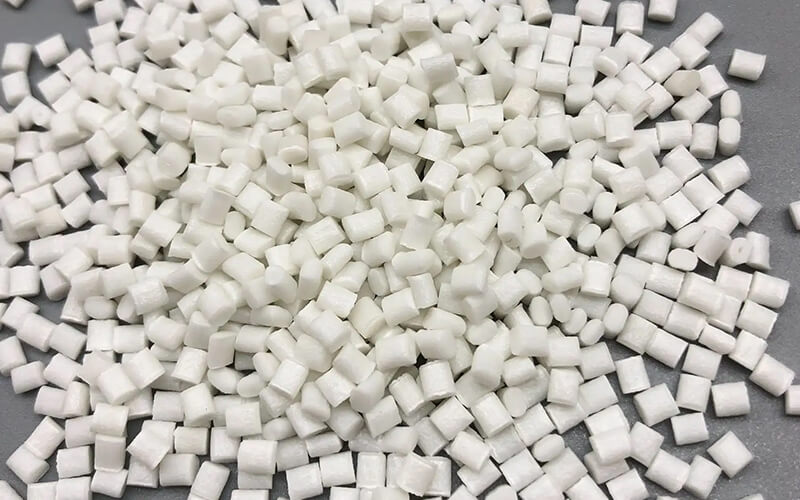
A thermoplastic polymer named PET resin is chosen for its transparency, the nature of being lightweight and recyclable. The resin is usually in the form of small pellets or granules. Before injection molding, the PET material is dried under conditions that eliminate any moisture content from it to achieve a good quality for end use.
First, the PET resin is heated to its molten state during the injection molding. After that, the molten PET is injected into a preform mold which can be considered a cavity of miniature container. The design of the mold is structured to produce preforms that have a threaded neck, which will resemble the finish on its bottle’s bottleneck.
Following the injection, the liquid PET in the mold is quickly cooled to solidify and form a preformed form. The cooling process plays a vital role in obtaining the right dimensions and strength of preforms.
Once the PET preform has cooled and solidified sufficiently, it is ejected from the mold. The quality control processes are implemented so that the preforms meet the standards in dimensions, weight and appearance.
The stretch blow molding process is often performed on the stored or transported PET preforms to a separate facility. This process enables the smooth flow of production planning and logistics.
In the stretch blow molding, PET preforms are heated once again and then are stretched into the final bottle shape by pressurized air. This stage provides the required bottle features such as its dimensions, shape, and neck finish.
As a result, the PET preform is an essential intermediate product in the whole production value chain of bottles made from polyethylene terephthalate. The threaded neck design allows the sealing and closure of the bottle, whereas the injection molding process helps achieve identical preform dimensions and quality.
This technique enables mass-scale production of bottles with varying sizes and shapes, which makes PET preform a backbone in the packaging world, most notably for beverages and other liquid commodities.
PET in molding has many benefits that make it a ubiquitous material for injection and thus plays an important role as a package material in various industries. Here are some key advantages:
Since PET is a low-density material, it helps in reducing the weight of the packaging. For transportation and distribution of goods after packaging, this is highly beneficial because it reduces logistic costs as well as saves the environment.
PET is very recyclable, which makes it an ecologically sustainable option. PET recyclability aligns with the sustainability objectives, and PET can be used to manufacture new materials. The eco-friendliness of PET is also supported by the well-developed infrastructure for plastic recycling.
PET features superior mechanical properties, including high tensile strength and excellent impact resistance. This renders it very appropriate to be used in manufacturing robust and long-lasting packaging products. Pet containers are resistant to the stress from the handling, shipping, and also warehousing of products in their packaged forms.
PET is highly chemical resistant and does not allow the aeration of gases or liquids. This chemical resistance is significant for the packaging where the package interacts with its content. PET also helps preserve the products' quality and freshness in packaged forms for a long time.
PE can be shaped into many different forms and sizes, which allows designers to invent very creative concepts with ingenious designs. Its flexibility enables the manufacture of bottles with complicated
characteristics, various shapes and neck finishing variants to fulfill different industrial needs.
The process of PET injection molding is very efficient, and it’s also very suitable for mass production. One of the factors contributing to energy efficiency in manufacturing is that comparatively low processing temperatures are required compared to some other plastics. Moreover, the low weight of PET decreases shipping costs and makes it an economical alternative to packaging.
PET helps resist the diffusion of gases, including oxygen and moisture. This barrier property is essential for maintaining the excellent quality of perishable products, including many beverages and food. It increases the product's shelf life and also sustains its sensory properties.
PET’s unique combination of properties makes it very appropriate for other non-packaging applications such as textiles, automotive parts and medical devices. Due to its versatility, manufacturers can look into the product's different uses, which broadens the PET-based products’ market.
Several factors should be considered for the design moulding used in PET plastic preforms production. Key design considerations include:
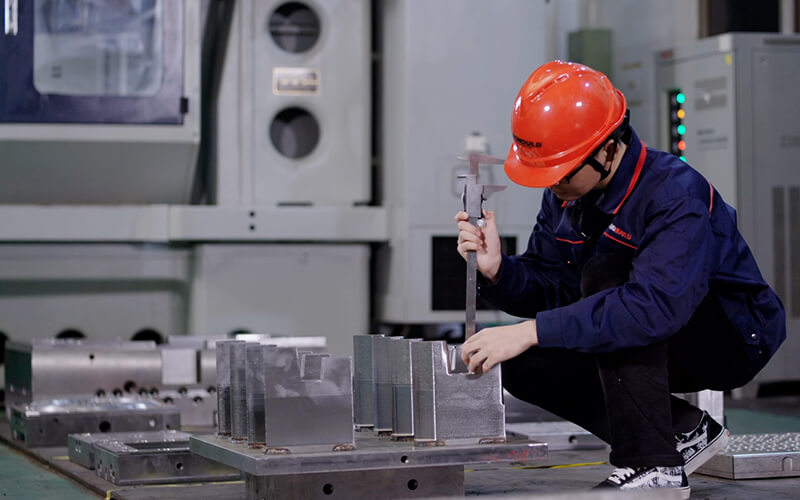
Ensure the uniformity of the wall thickness to promote equal cooling so as not to reach any defects that violate the structural strength.
Use gates smartly to allow material flow and minimize shear stress. Standard sites where gates are placed include a preform's bottom or side.
Design a preform with suitable thread and neck diameters to close the bottle properly during manufacturing.
Proper cooling increases the uniformity of the cooling and reduces cycle times and warpages. Correctly cooled preforms lead to higher quality end products.
Develop an effective ejection system that can facilitate preform production from the moulds without any breakage. This results in a very productive and efficient production.
The injection points must be optimized through a material flow analysis so that there are no air traps or inconstancy of the distribution materials.
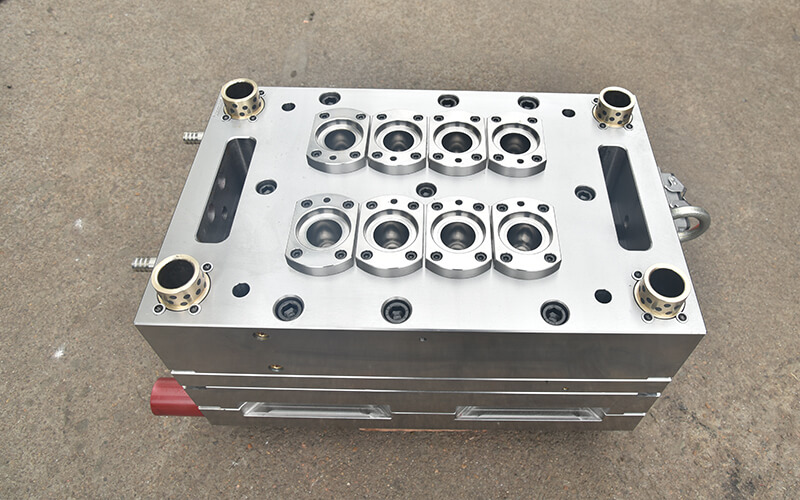
Choose an appropriate surface finish to eliminate scratches or marks on the mould cavities. A very smooth surface finish provides a highly high-quality appearance.
Include the draft angles to ensure an unrestrained ejection of the preform from its mould. Draft angles can prevent sticking and reduce the chance of any damage during the ejection.
Mould materials should be selected based on their strength, corrosion resistance, and extended life cycle. The typical is aluminium or steel hardened as per the planned production level.
Create enough venting for the release of air and gases during the injection, avoid traps in particular with expensive work particularly prone to fragility.
Ensure the appropriate mold component alignment and registration to create accurate preform dimensions and desired features.
Ensure proper and strict control of tolerance to achieve the correct preform dimensions and weight. Dimensional consistency is very critical in the downstream processes such as stretch blow molding.
Attention to these design considerations can help the mold designers improve the operation of PET plastic preform molds and also allow for favourable production processes that ensure high-quality finished products in form of PET bottles.
